Home>Furniture & Design>Bathroom Accessories>What Is The Purpose Of A First Aid Kit?
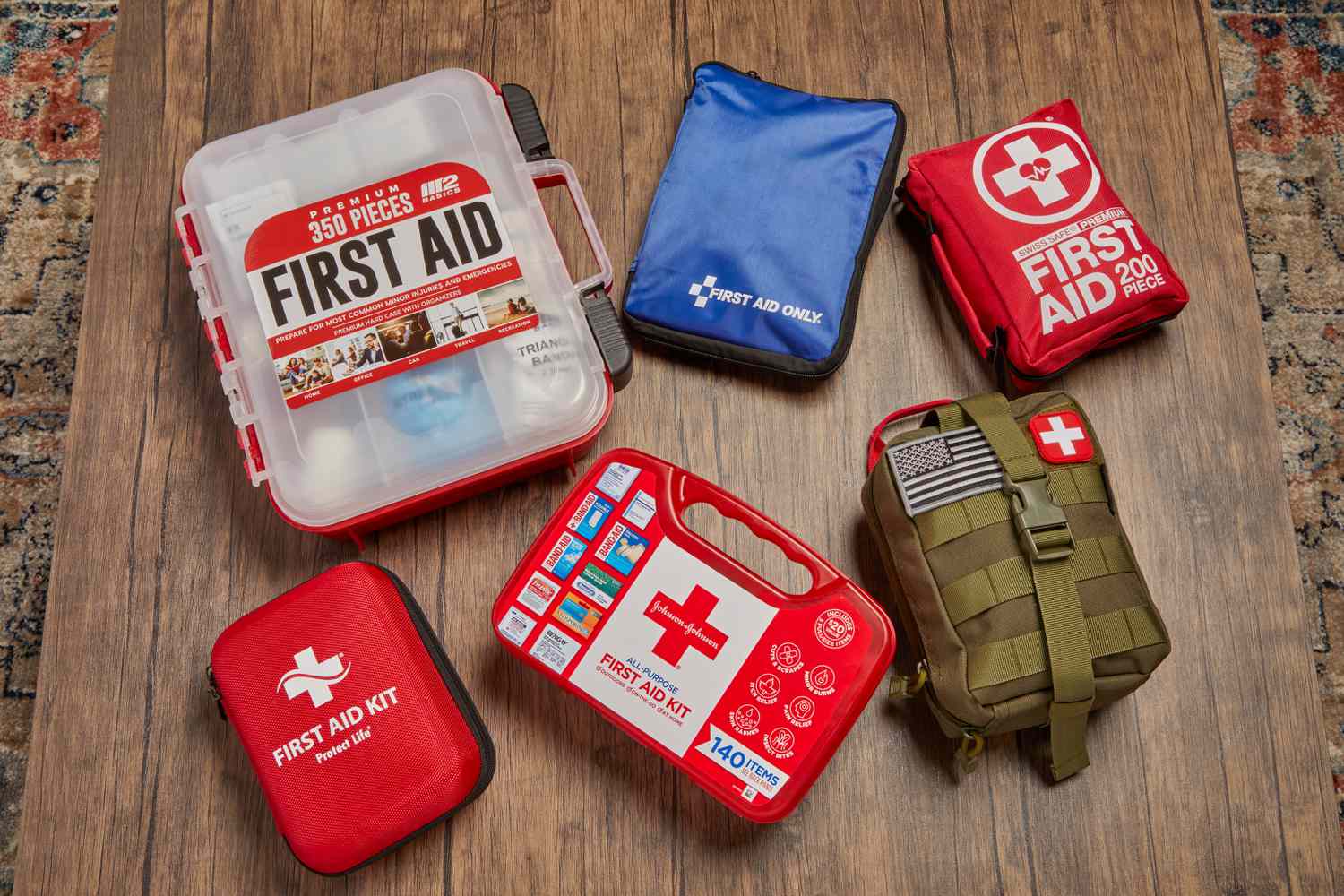

Bathroom Accessories
What Is The Purpose Of A First Aid Kit?
Published: February 10, 2024
Discover the importance of having a well-stocked first aid kit in your bathroom. Learn how essential bathroom accessories can help you be prepared for emergencies. Explore our selection now!
(Many of the links in this article redirect to a specific reviewed product. Your purchase of these products through affiliate links helps to generate commission for Storables.com, at no extra cost. Learn more)
Importance of First Aid Kits
First aid kits are essential tools that can make a significant difference in emergency situations. Whether at home, in the workplace, or during outdoor activities, having a well-equipped first aid kit can be a lifesaver. Here are several reasons why first aid kits are of utmost importance:
-
Immediate Response: Accidents and injuries can occur unexpectedly. Having a first aid kit readily available allows individuals to provide immediate care before professional medical help arrives. This prompt response can prevent a minor injury from escalating into a more serious condition.
-
Injury Prevention: By having the necessary supplies in a first aid kit, individuals can address injuries promptly, reducing the risk of complications and further harm. For instance, cleaning and covering a wound with sterile dressings from a first aid kit can help prevent infection.
-
Emergency Preparedness: First aid kits contribute to a sense of preparedness for unforeseen events. Whether it's a minor cut, a burn, or a sprain, having the appropriate supplies on hand can help individuals feel more confident in their ability to manage unexpected situations.
-
Promoting Safety Culture: In workplaces and public settings, the presence of accessible first aid kits sends a strong message about the importance of safety and well-being. It demonstrates that the organization prioritizes the health and safety of its members and visitors.
-
Peace of Mind: Knowing that a first aid kit is available can provide peace of mind to individuals, especially those responsible for the well-being of others. Parents, teachers, and caregivers, for example, can feel more at ease knowing that they have the tools to address minor injuries.
-
Supporting Community Health: In community spaces such as schools, recreational facilities, and public events, having well-stocked first aid kits is crucial for promoting a safe and healthy environment. It ensures that immediate care can be provided in the event of an injury or medical emergency.
In summary, first aid kits play a vital role in providing immediate care, preventing further harm, and promoting a culture of safety and preparedness. Their presence offers peace of mind and contributes to the overall well-being of individuals and communities. Regularly checking and restocking first aid kits is essential to ensure that they remain effective in times of need.
Key Takeaways:
- First aid kits are crucial for immediate care, injury prevention, and promoting safety. They provide peace of mind and support community health. Regularly checking and restocking is essential for their effectiveness.
- Essential items in a first aid kit include bandages, medications, and emergency equipment. They are used for treating cuts, burns, sprains, and allergic reactions. Regular maintenance ensures preparedness for emergencies.
Read more: What’s In A First Aid Kit
Essential Items in a First Aid Kit
A well-stocked first aid kit is a crucial tool for addressing a wide range of injuries and medical emergencies. The contents of a first aid kit may vary based on the intended use, such as for home, workplace, or outdoor activities. However, there are several essential items that should be included in every first aid kit to ensure preparedness for common injuries and medical needs.
Basic Supplies
- Adhesive Bandages: These are essential for covering minor cuts, scrapes, and blisters. Various sizes and shapes of adhesive bandages should be included to accommodate different wound sizes.
- Sterile Gauze Pads: These are used for cleaning and covering wounds. They help control bleeding and reduce the risk of infection.
- Adhesive Tape: Used to secure dressings and bandages in place, adhesive tape is an important item for wound care.
- Antiseptic Wipes: These wipes are used to clean the skin around wounds to prevent infection.
- Scissors and Tweezers: These tools are essential for cutting medical tape, gauze, and clothing, as well as for removing splinters and debris from wounds.
- Disposable Gloves: Gloves are crucial for protecting the caregiver from bodily fluids and for preventing the spread of infection.
Medications and Ointments
- Pain Relievers: Over-the-counter pain relievers such as acetaminophen or ibuprofen can help alleviate minor aches and pains.
- Antihistamines: These are useful for managing allergic reactions and insect bites.
- Hydrocortisone Cream: This cream can help relieve itching and inflammation associated with insect bites and skin rashes.
- Antibiotic Ointment: Used to prevent infection in minor cuts, scrapes, and burns.
Emergency Equipment
- CPR Mask: A CPR mask is essential for performing cardiopulmonary resuscitation safely.
- Emergency Blanket: Also known as a space blanket, this item helps retain body heat and is crucial for treating shock and hypothermia.
Read more: What Is Inside A First Aid Kit
Additional Items
- Instant Cold Packs: These packs are used to reduce swelling and relieve pain from strains, sprains, and minor burns.
- First Aid Manual: A comprehensive first aid manual provides guidance on how to use the items in the kit and administer basic first aid.
By including these essential items in a first aid kit, individuals can be better prepared to address common injuries and medical needs. Regularly checking and restocking the kit is essential to ensure that the supplies are up to date and readily available when needed.
Common Uses of First Aid Kits
First aid kits are versatile tools designed to address a wide range of injuries and medical emergencies. Understanding the common uses of first aid kits is essential for promoting safety and well-being in various settings. Here are some of the common scenarios where first aid kits play a crucial role:
Minor Cuts and Scrapes
One of the most frequent uses of a first aid kit is for treating minor cuts and scrapes. Whether it's a kitchen mishap, a small outdoor injury, or a workplace accident, having adhesive bandages, sterile gauze pads, and antiseptic wipes readily available allows individuals to clean and cover minor wounds promptly. This not only helps prevent infection but also promotes faster healing.
Burns and Sunburns
Burns, whether from heat, chemicals, or sun exposure, require immediate attention. A well-equipped first aid kit should contain burn ointment or gel, which can help soothe the affected area and provide relief. Additionally, sterile gauze pads and adhesive tape are essential for covering and protecting the burn until further medical attention can be sought.
Read more: What Are 10 Items In A First Aid Kit?
Sprains and Strains
Injuries such as sprains and strains are common, especially during physical activities or sports. Instant cold packs, which are often found in first aid kits, can help reduce swelling and alleviate pain. These packs provide immediate relief and aid in managing the injury until professional medical evaluation is obtained.
Allergic Reactions
Allergic reactions, whether from insect stings, food, or environmental factors, can range from mild to severe. Antihistamines found in first aid kits can help manage mild allergic reactions, providing individuals with a crucial first line of defense while awaiting professional medical assistance.
Minor Aches and Pains
Pain relievers, such as acetaminophen or ibuprofen, are commonly included in first aid kits to address minor aches and pains. Whether it's a headache, muscle ache, or discomfort from a minor injury, these medications can provide temporary relief until further medical evaluation is possible.
First Aid Training and Guidance
In addition to treating specific injuries, first aid kits often contain a first aid manual. This resource provides essential guidance on how to use the items in the kit effectively and administer basic first aid. In emergency situations, having access to clear instructions can empower individuals to provide timely and appropriate care.
By understanding the common uses of first aid kits and ensuring that they are well-stocked and accessible, individuals and organizations can be better prepared to address a wide range of injuries and medical emergencies. Regularly checking and restocking first aid kits is crucial to maintain their effectiveness and readiness for unexpected situations.
Read more: What To Put In A Travel First Aid Kit
Importance of Regularly Checking and Restocking First Aid Kits
Regularly checking and restocking first aid kits is a critical aspect of ensuring their effectiveness in times of need. The importance of this practice cannot be overstated, as it directly impacts the ability to provide timely and appropriate care in emergency situations.
First and foremost, regular checks help to ensure that the contents of the first aid kit are up to date and in good condition. Over time, certain items in the kit, such as adhesive bandages, antiseptic wipes, and medications, may expire or become damaged. By routinely inspecting the contents, individuals can identify and replace expired or compromised items, thus maintaining the kit's readiness.
Moreover, the needs of individuals and organizations may change over time, necessitating adjustments to the contents of the first aid kit. For example, a workplace that previously did not require specific medications in the kit may find it necessary to include them due to changes in the health needs of employees. Regular checks provide an opportunity to assess and update the contents based on evolving requirements.
In addition, regular maintenance of first aid kits promotes familiarity with the kit's contents and location. This familiarity is crucial during high-stress situations, as it enables individuals to quickly locate and utilize the necessary supplies without hesitation. It also allows for the replenishment of items that may have been used or depleted in previous incidents, ensuring that the kit remains fully equipped.
Furthermore, regular checks and restocking demonstrate a commitment to safety and preparedness. Whether in a household, workplace, or public setting, the presence of a well-maintained first aid kit reflects a proactive approach to health and safety. It sends a clear message that the well-being of individuals is a priority, fostering a culture of responsibility and care within the community.
By regularly checking and restocking first aid kits, individuals and organizations demonstrate their dedication to being prepared for unexpected emergencies. This proactive approach not only ensures the availability of essential supplies but also instills confidence in the ability to respond effectively to injuries and medical needs. Ultimately, the regular maintenance of first aid kits contributes to a safer and more secure environment for everyone involved.
Frequently Asked Questions about What Is The Purpose Of A First Aid Kit?
Was this page helpful?
At Storables.com, we guarantee accurate and reliable information. Our content, validated by Expert Board Contributors, is crafted following stringent Editorial Policies. We're committed to providing you with well-researched, expert-backed insights for all your informational needs.
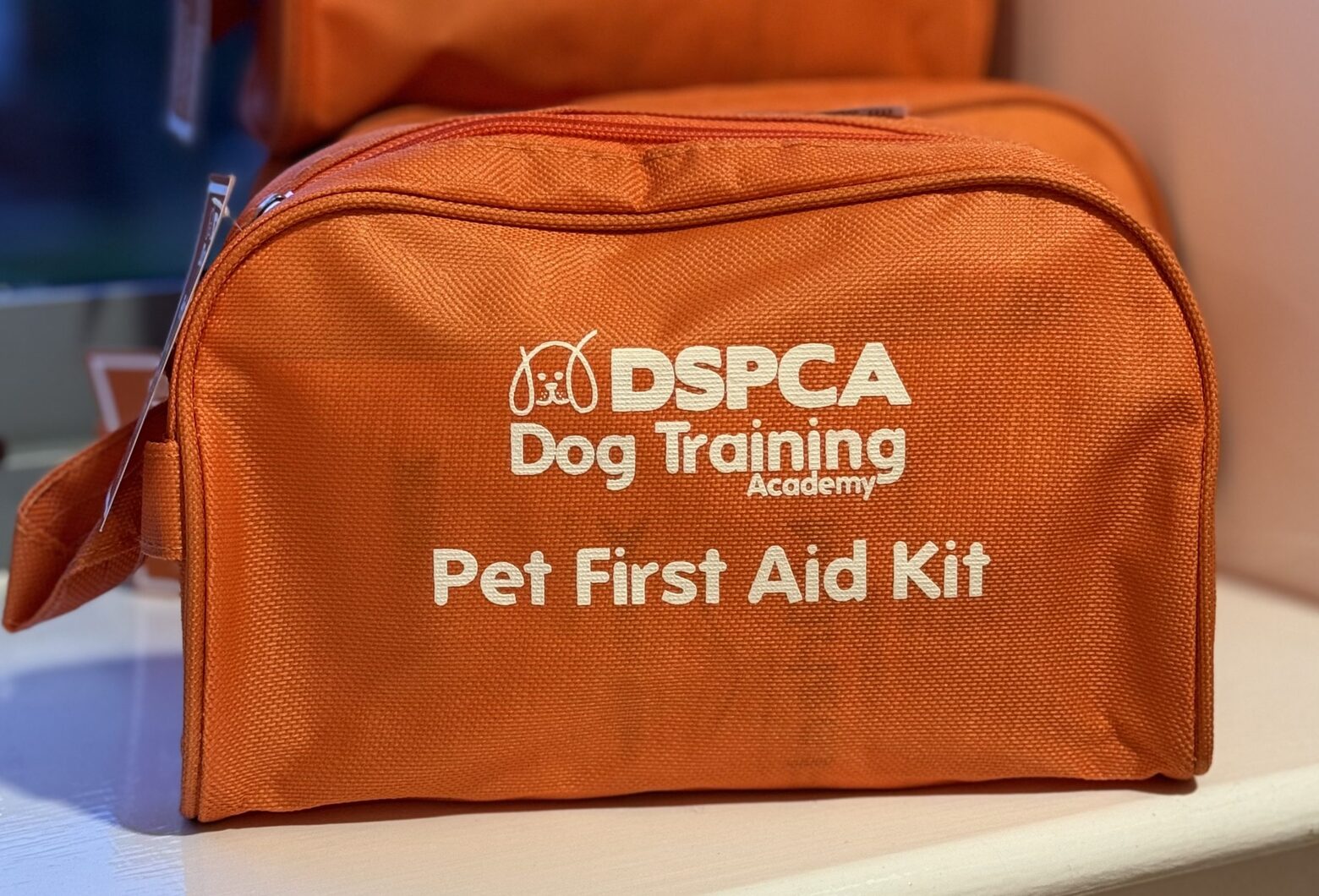
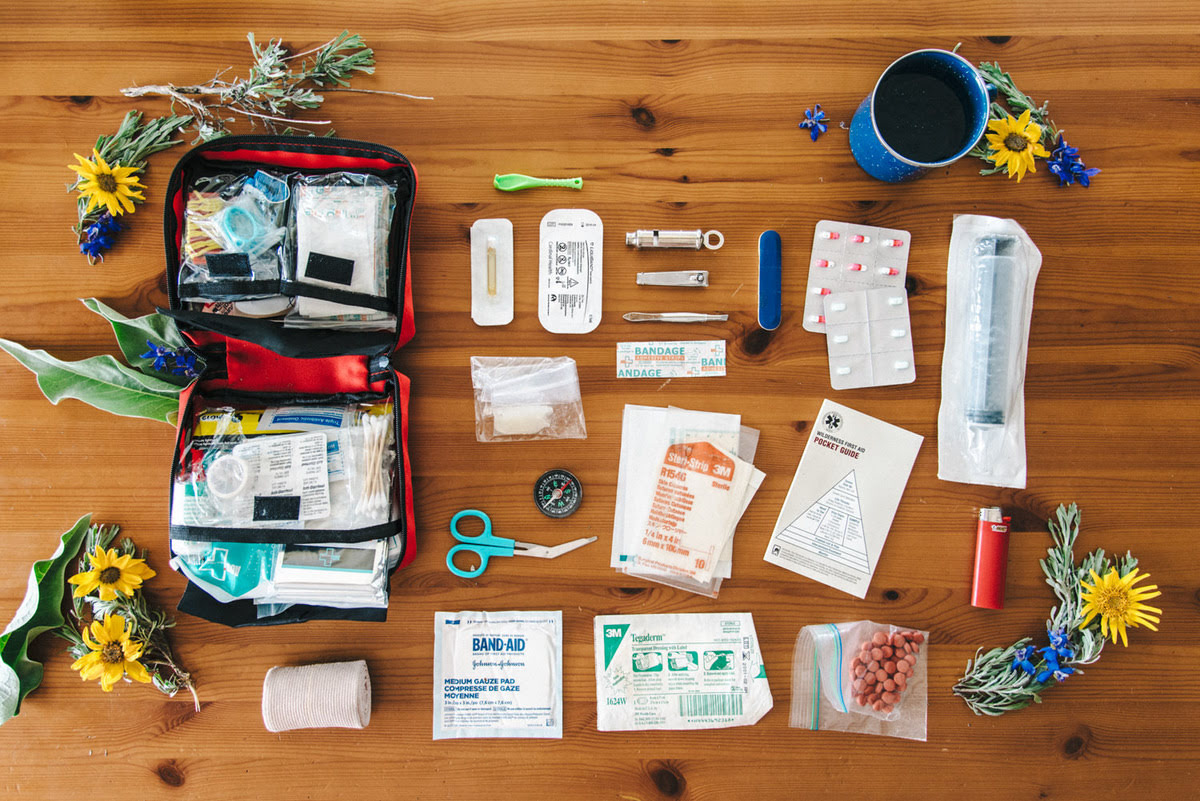
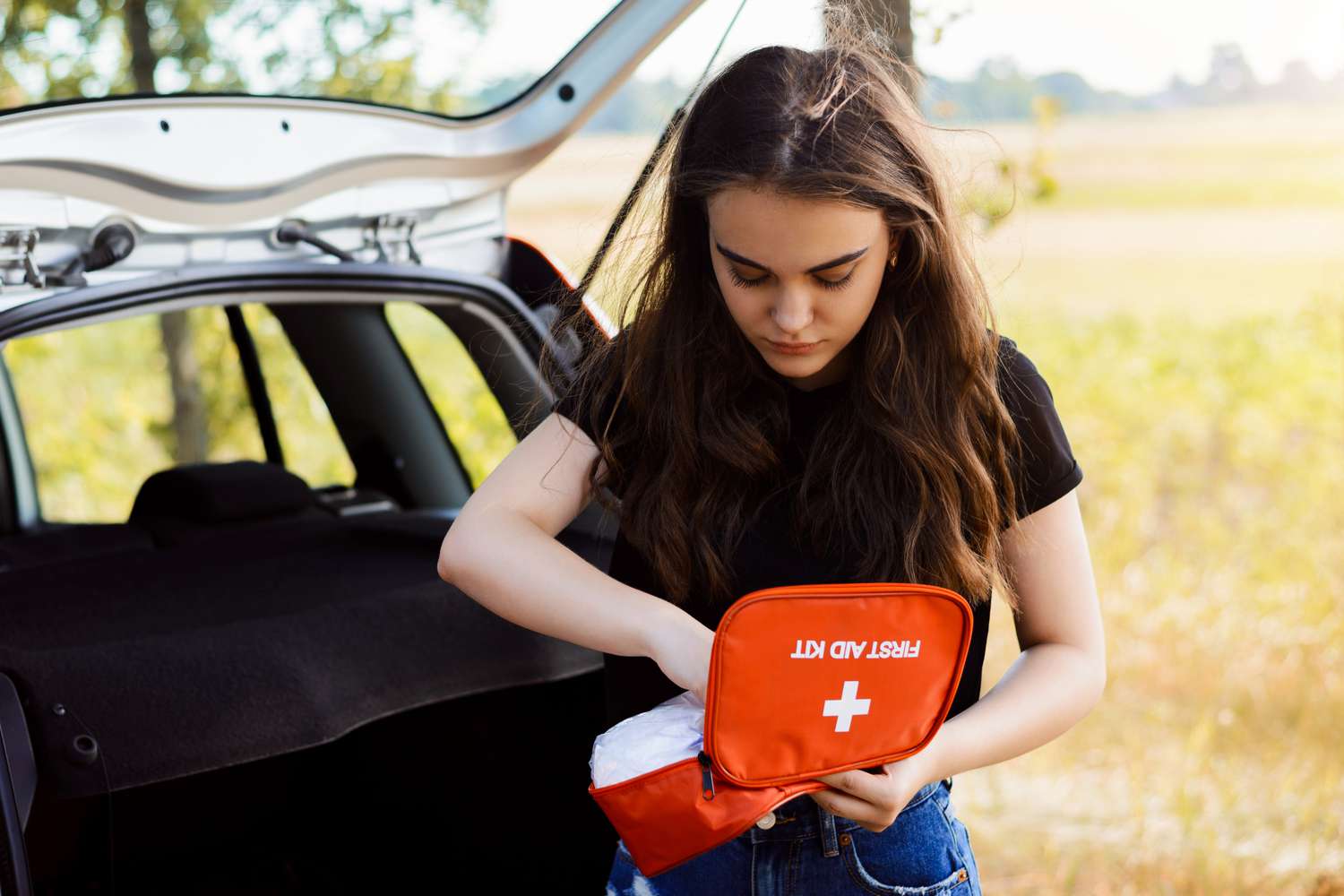
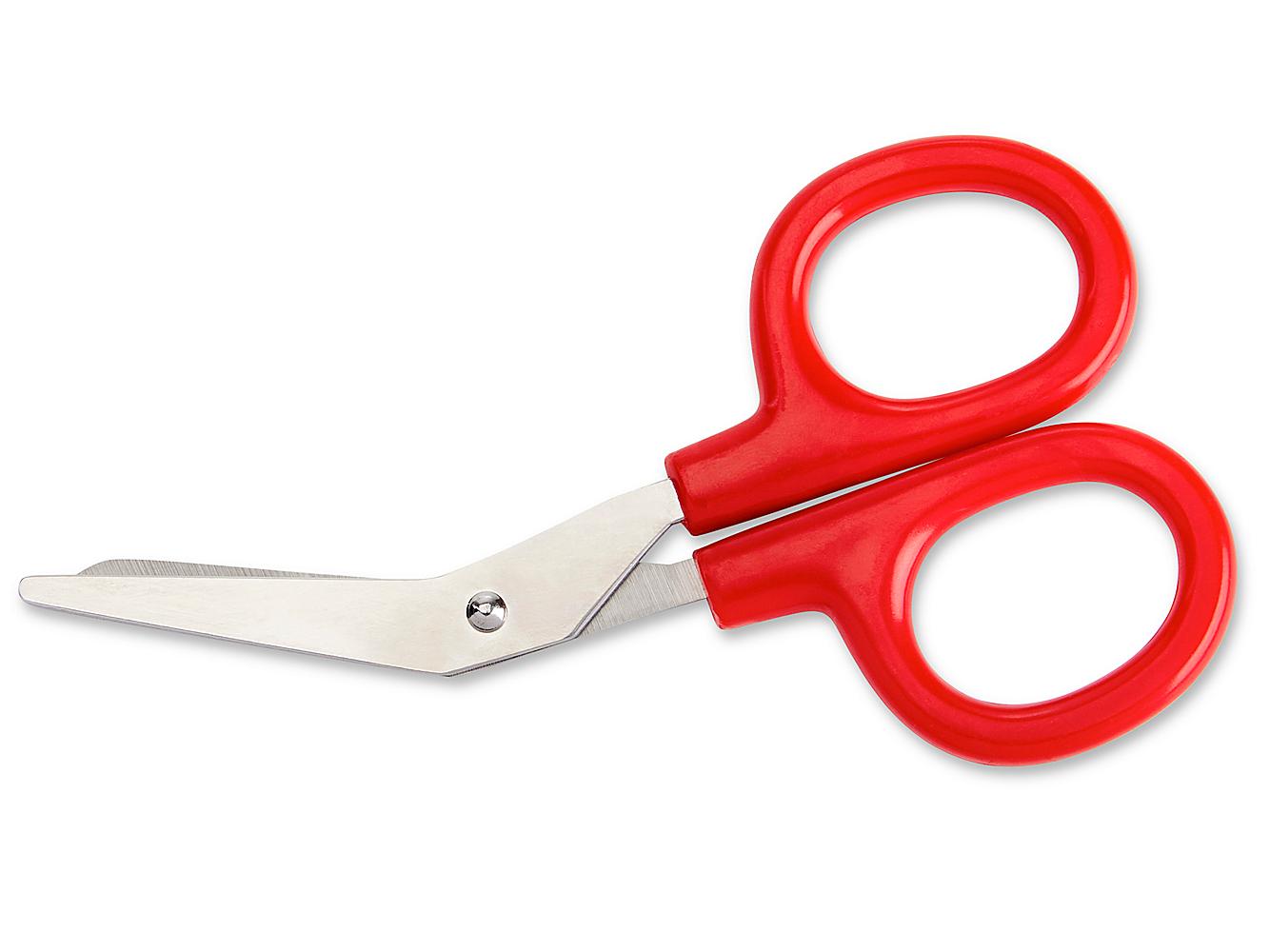
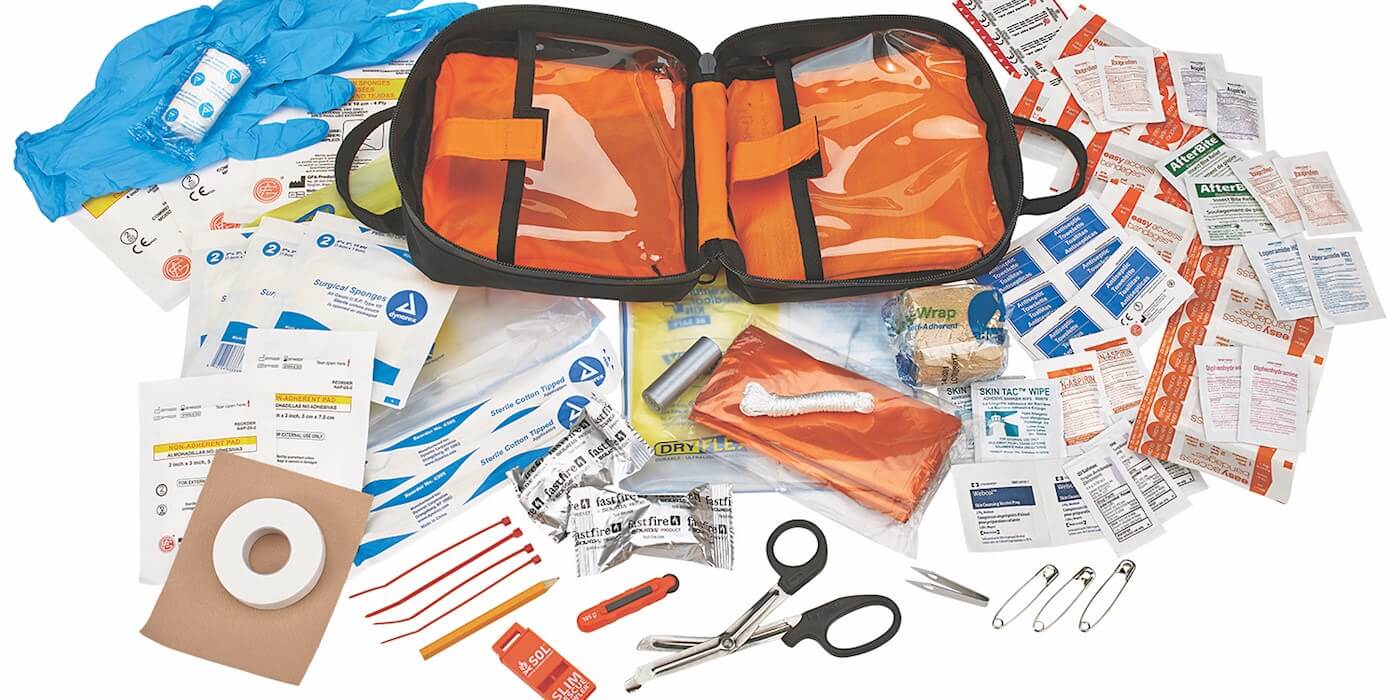
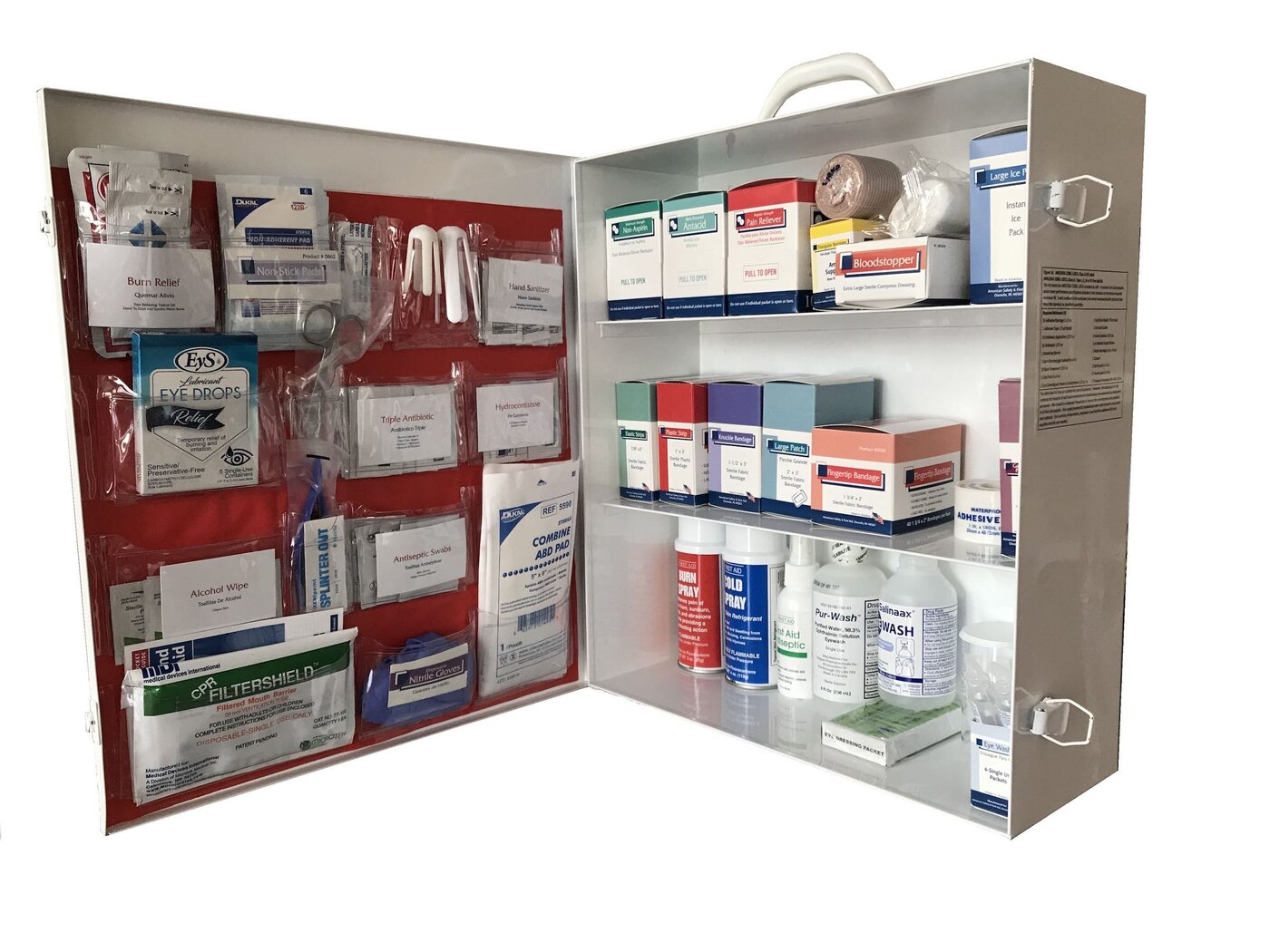
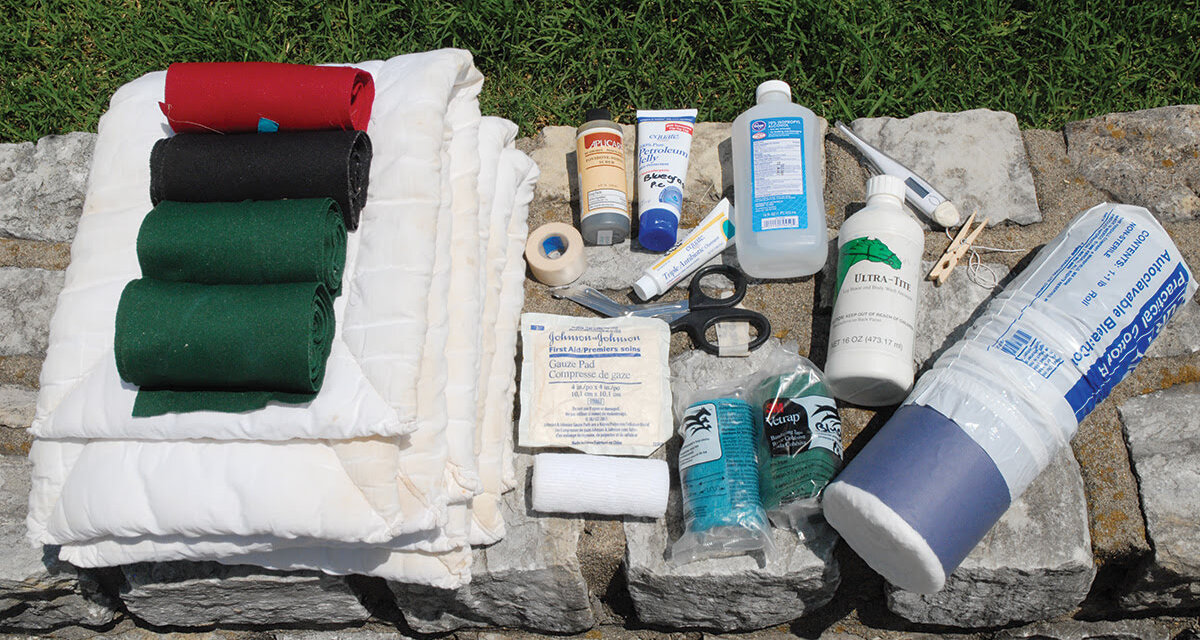
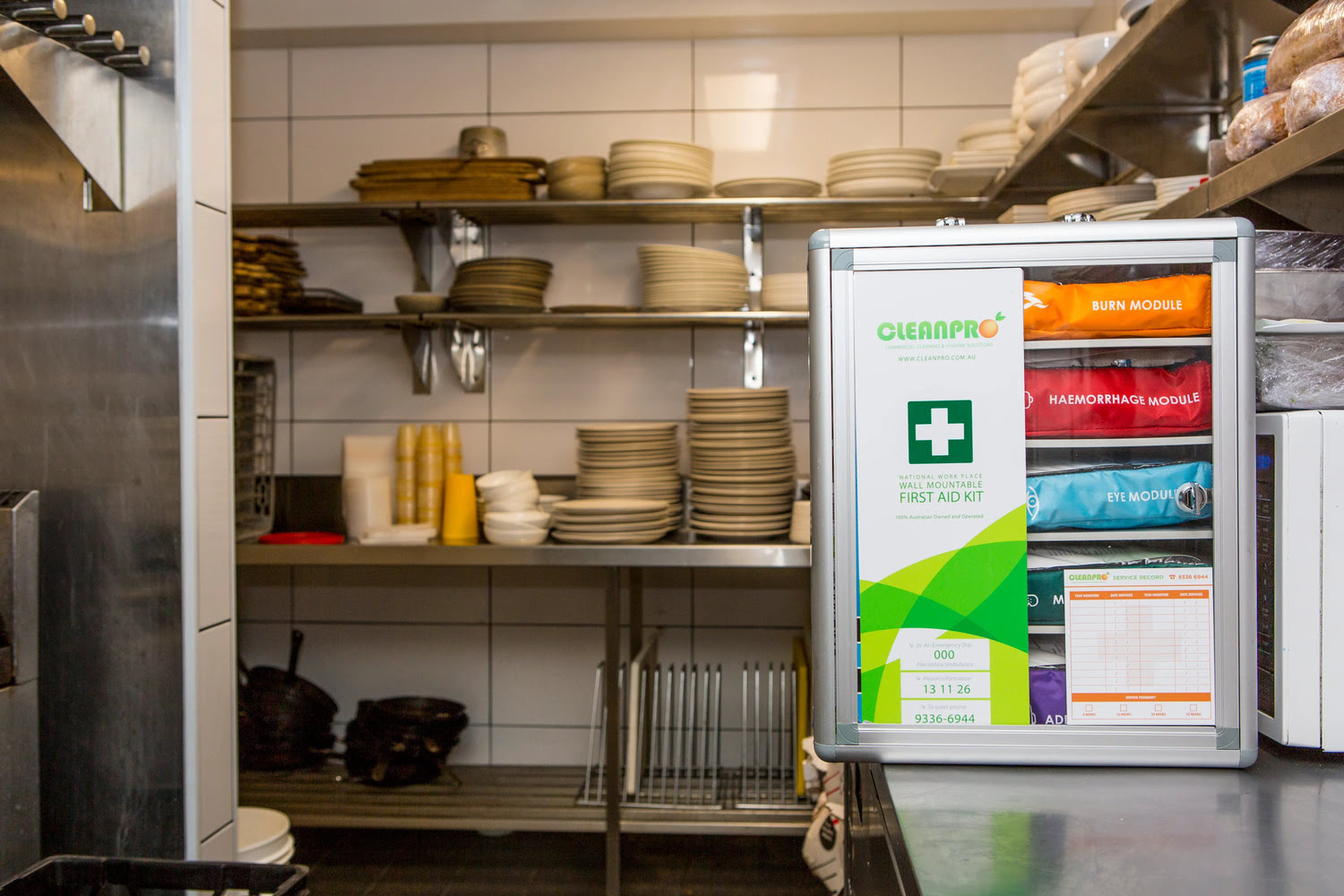
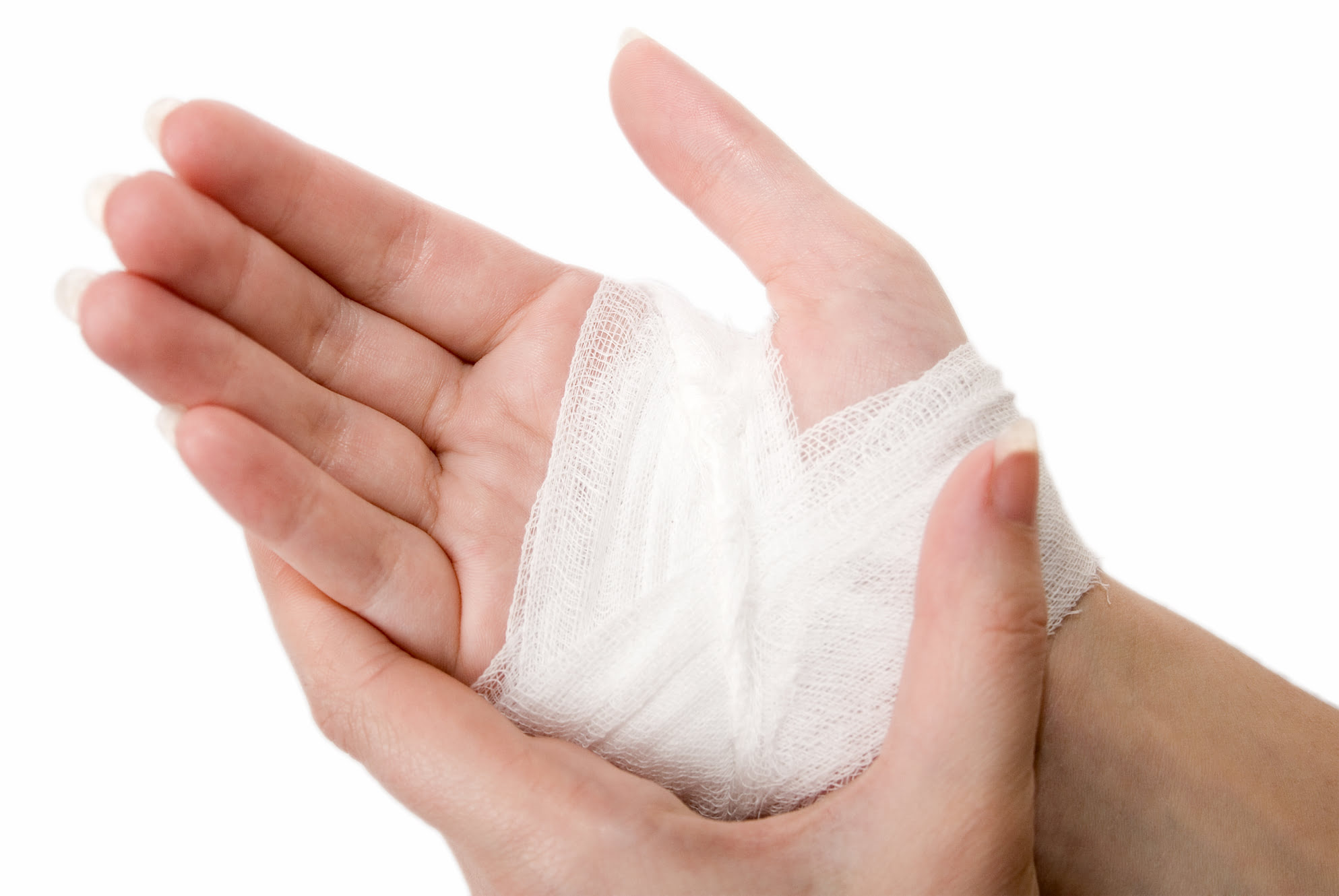
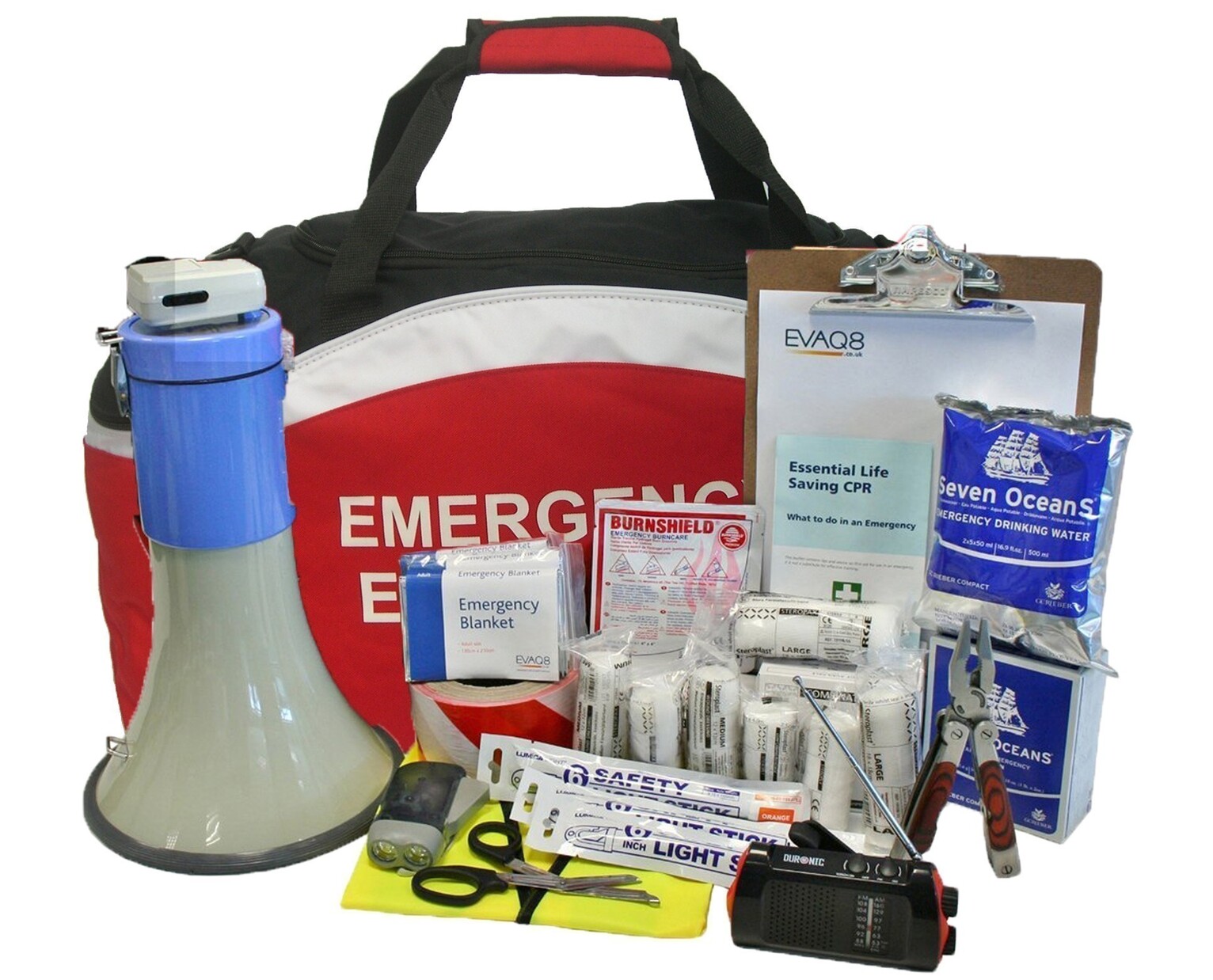
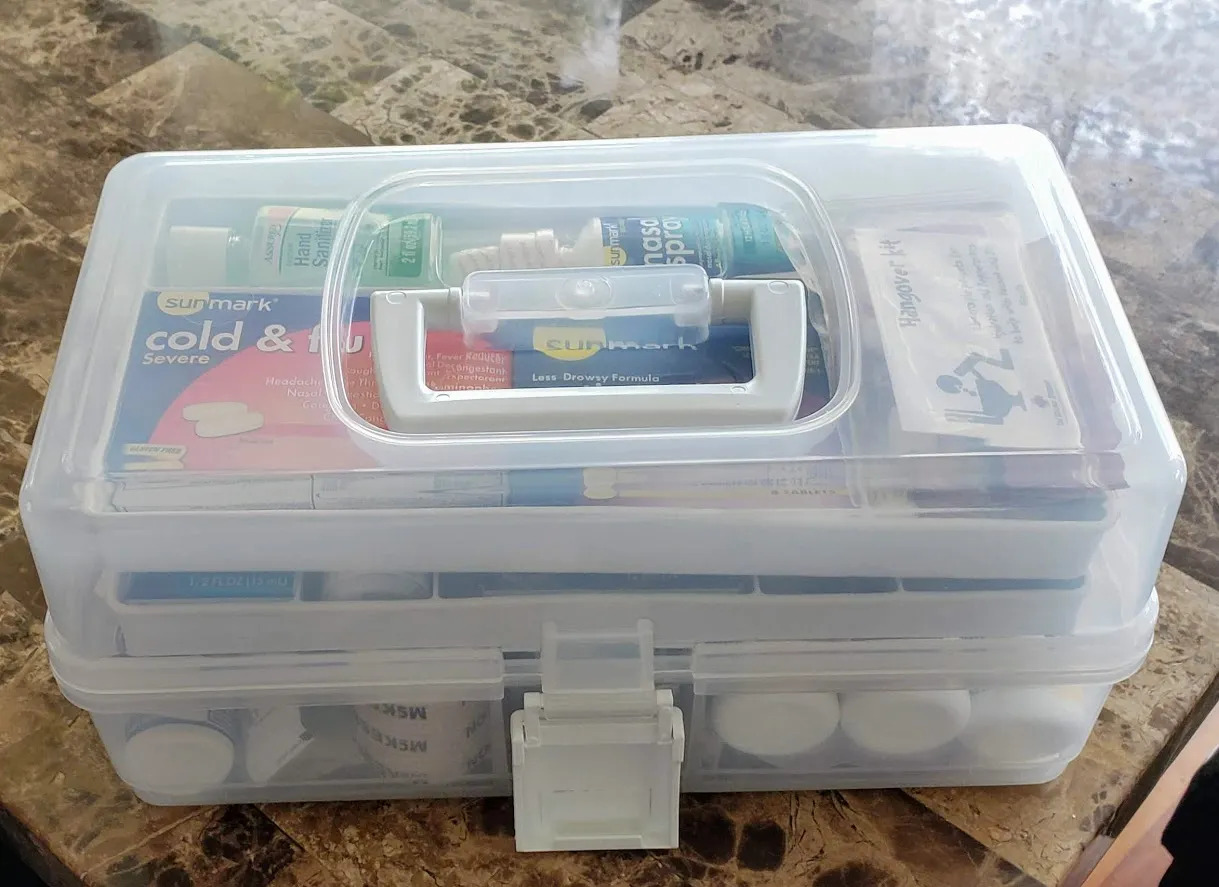
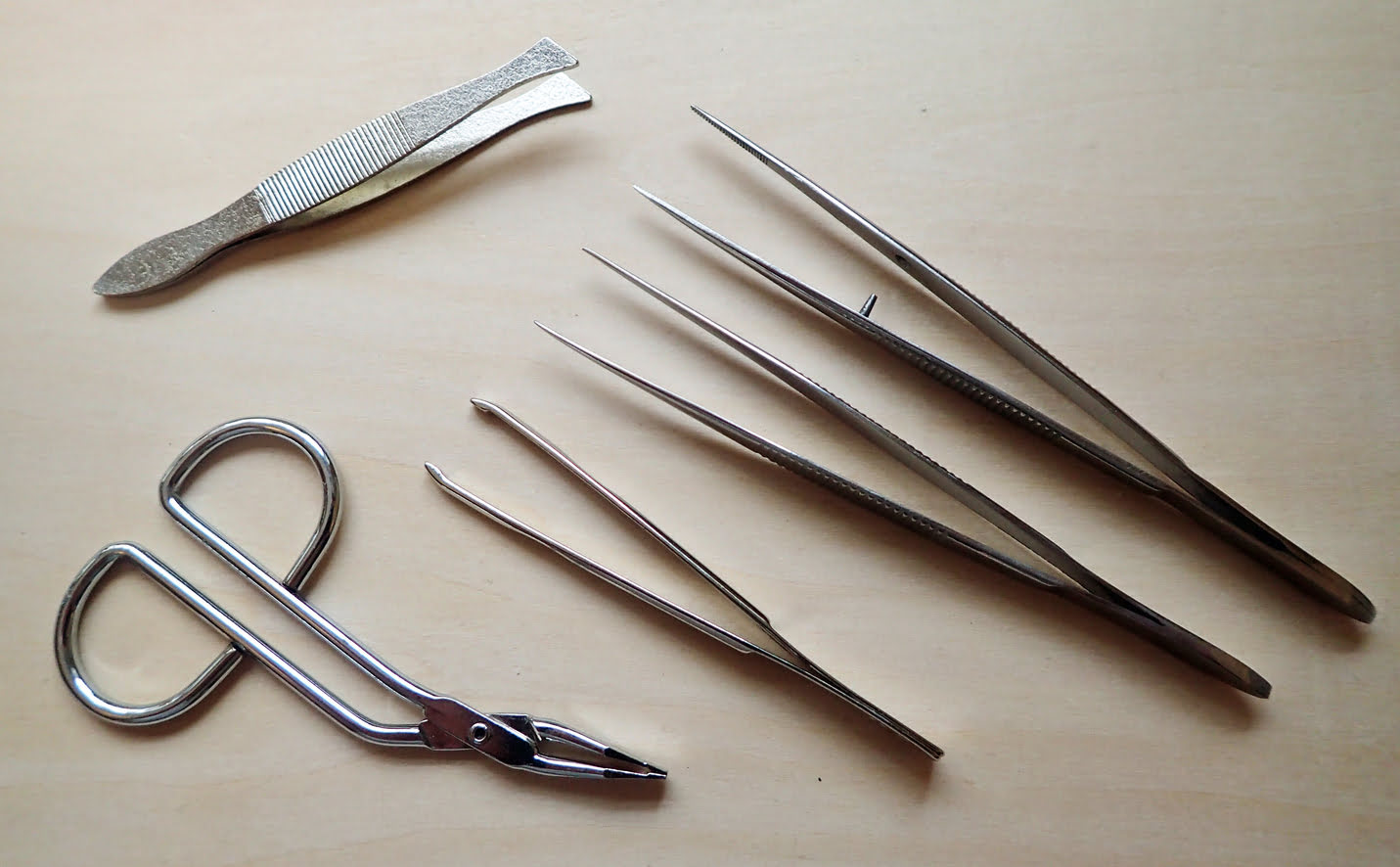

0 thoughts on “What Is The Purpose Of A First Aid Kit?”